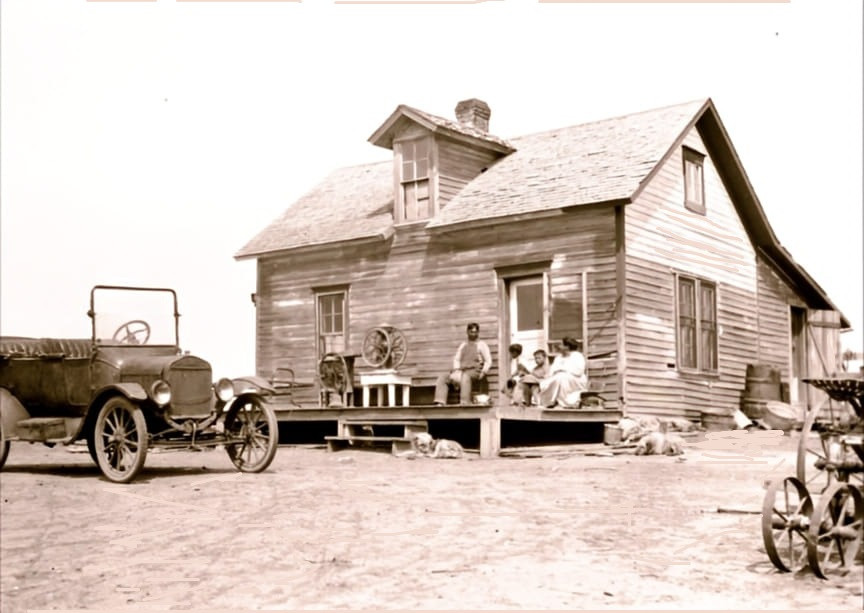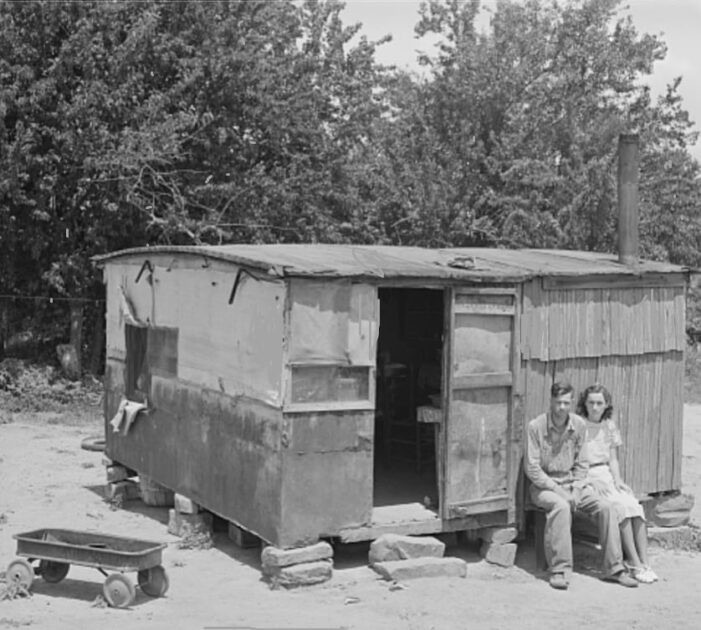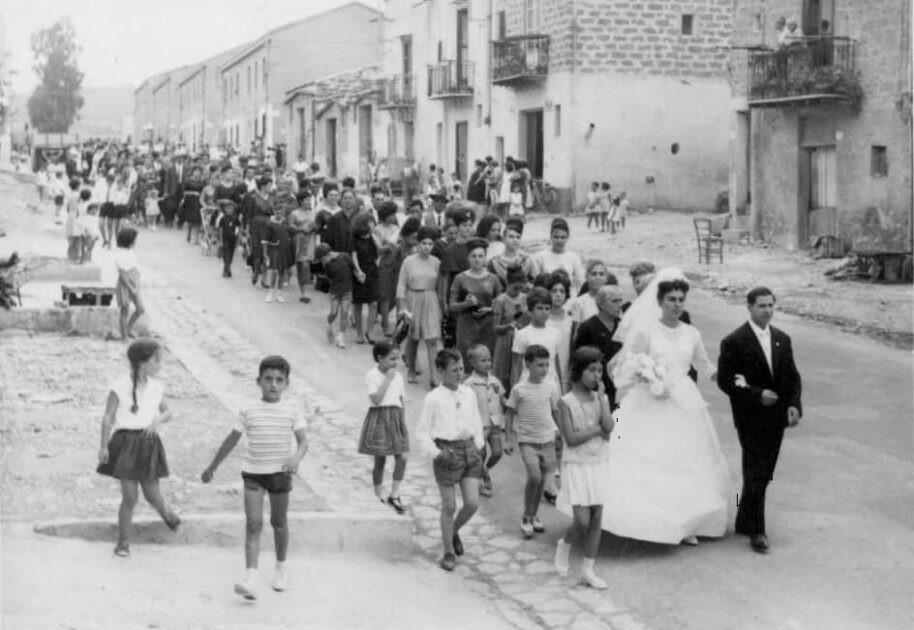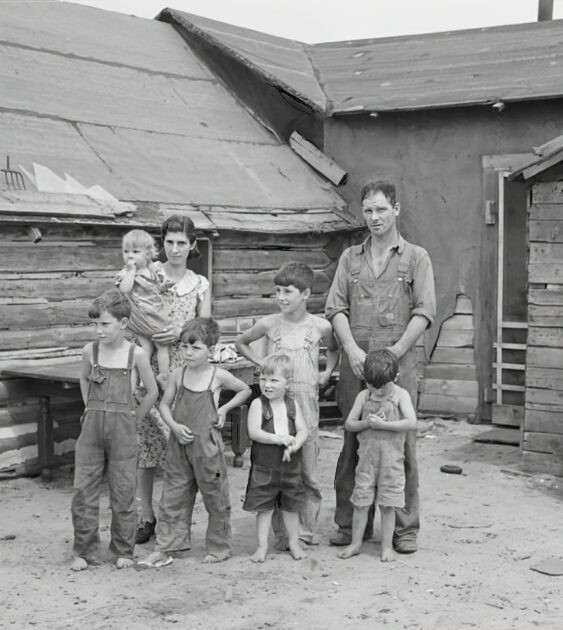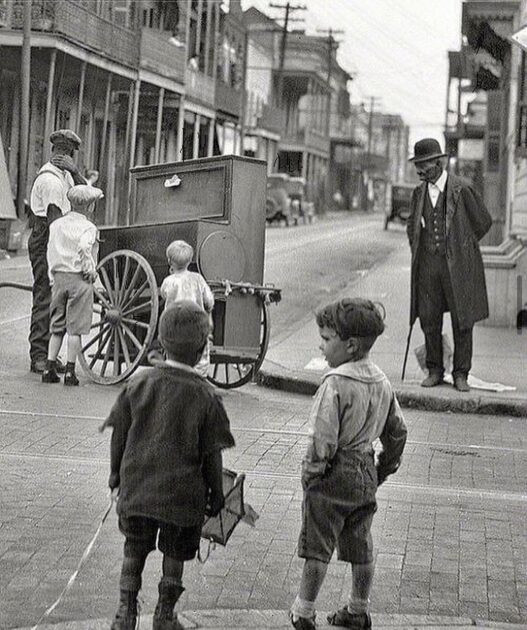Capturing the Past: Conversations with a Couple from the Turn of the Century
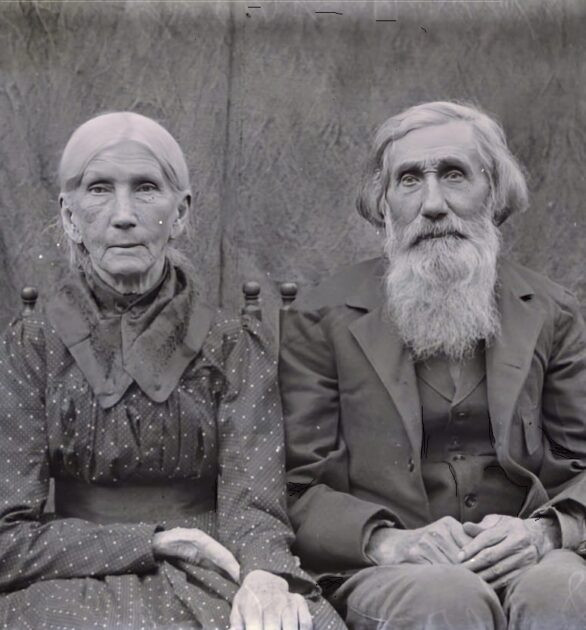
Capturing the Past: Conversations with a Couple from the Turn of the Century
In the late 19th and early 20th centuries, the art of photography was a burgeoning field, bringing with it the power to freeze moments in time and offer glimpses into the lives of everyday people. Albert J. Ewing, a traveling photographer, dedicated his craft to documenting such lives. Between 1896 and 1912, he captured countless images of individuals and families in central West Virginia and southeast Ohio. One such photograph, showing an elderly couple smiling warmly for the camera, speaks volumes about the era and invites us to imagine the rich tapestry of stories they might have shared.
The Historical Context: Civil War Memories
The couple in the photograph lived through one of the most turbulent times in American history: the Civil War. By the time Ewing took this photograph, they would have been in their twilight years, likely born in the 1830s or 1840s. They would have witnessed the Civil War’s devastating effects firsthand, from battles to the transformation of society in its aftermath.
In central West Virginia and southeast Ohio, the war’s impact was profound. West Virginia itself was born out of the conflict, seceding from Virginia in 1863 to join the Union. Conversations with this couple would likely reveal personal stories of hardship and resilience, tales of divided communities, and the challenges of reconstruction. They might recall the local battles and skirmishes that shaped their youth, the anxiety of awaiting news from the front, and the profound sense of change that swept through their homeland.
Daily Life at the Turn of the Century
By the time this photograph was taken, the United States had transitioned from an agrarian society to an increasingly industrial one. This couple would have experienced significant shifts in their daily lives. Farming practices were evolving with new technologies, small towns were growing, and the advent of railroads was connecting remote areas like never before.
Imagine discussing the transformation of their local communities with them. They could describe the arrival of the first train in their town, the opening of new schools and churches, and the gradual shift from manual labor to mechanized farming. They might also share their experiences with early 20th-century innovations, such as the telephone and electricity, marveling at how these technologies changed their world.
The Social Fabric: Family and Community
Family and community were central to life in rural West Virginia and Ohio during this period. The couple’s stories would likely revolve around their family dynamics, community events, and social gatherings. They might recount large family reunions, barn raisings, and church picnics, where neighbors came together to support one another and celebrate life’s milestones.
Their recollections could also shed light on the changing roles of men and women at the turn of the century. While men typically worked in the fields or in burgeoning industries, women managed the household and often participated in community activities. This couple’s partnership, hinted at by their shared smile in the photograph, would provide a window into the evolving nature of marriage and gender roles during this era.
Albert J. Ewing’s Legacy
Albert J. Ewing’s work as a traveling photographer was crucial in preserving the history and culture of rural America at the turn of the century. His photographs are more than just images; they are historical documents that offer insights into the lives of ordinary people. The couple’s portrait, like many others taken by Ewing, allows us to connect with the past on a personal level.
In imagining the conversations we could have with this couple, we not only honor their memories but also gain a deeper understanding of the era in which they lived. Ewing’s photographs remind us that history is not just a series of events but a collection of lived experiences, each as rich and complex as our own.
As we look at the old couple smiling for Ewing’s camera, we are reminded of the enduring power of photographs to transcend time and space, inviting us to explore and appreciate the lives of those who came before us. Their stories, captured in a single moment, continue to resonate, offering a bridge between the past and the present.
